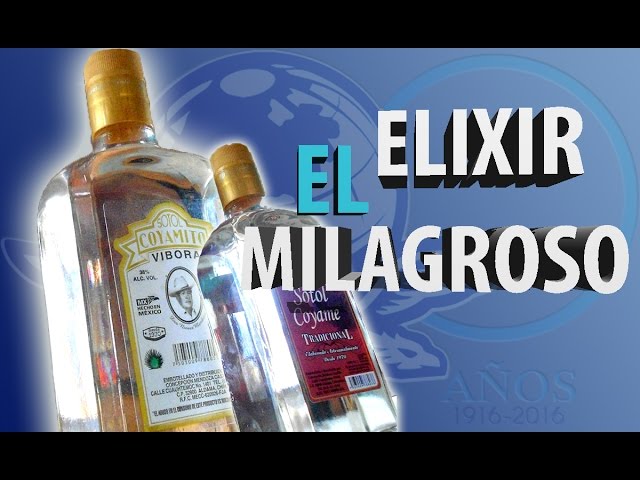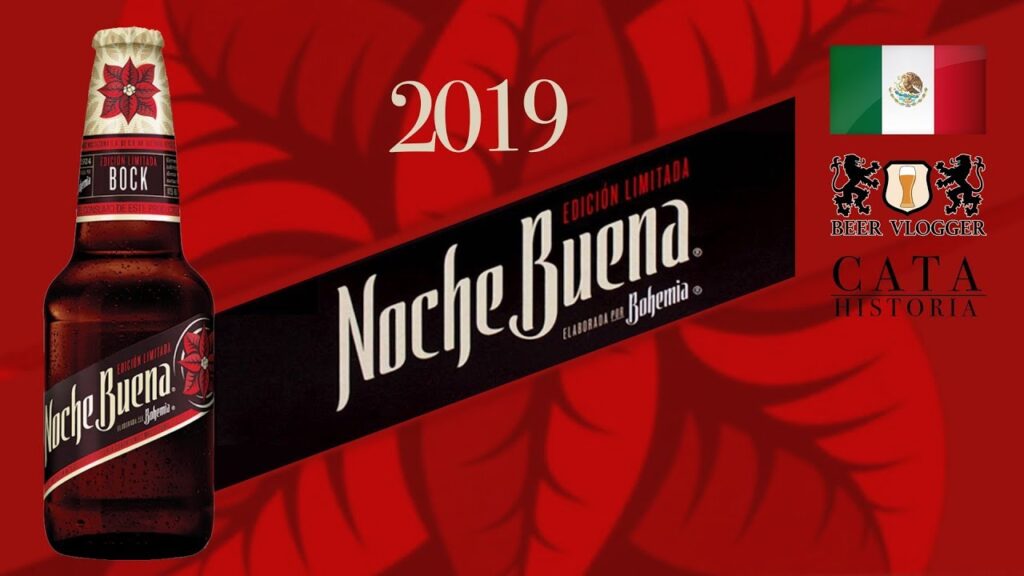Introduction to Sotol: A Time-Honored Mexican Spirit
Imagine a spirit so ingrained in the history and culture of Mexico that it transcends the mere act of sipping a cocktail. The Sotol, a distinctive Mexican spirit, has a rich legacy that dates back over centuries, deeply rooted in the Northern parts of Mexico, particularly in the states of Chihuahua, Durango, and Coahuila. This traditional beverage begins its journey in the wild, arid landscapes where the sotol plant (Dasylirion wheeleri) – a spiky-leaved desert spoon – thrives amidst the stark beauty of the Mexican wilderness.
The meticulous process of crafting Sotol has been passed down through generations of indigenous peoples and local Mexican farmers, known as sotoleros. The heart of the plant, known as the piña, is harvested by hand once the plant has matured, which takes about 15 years. It is then cooked in pits over rocks heated by wood fire, which infuses a smoky character reminiscent of the earthy terrain. This ancient technique has survived the test of time, preserving the authenticity and traditional flavors that distinguish Sotol from other spirits.
After the cooking process, the fibrous hearts are crushed and the extracted juices are fermented, creating a mash that is unique to each batch. The fermentation period varies, but the skillful sotoleros know precisely when this mash has reached its peak before it moves on to the distillation process. Distillation in either copper or stainless steel stills concentrates the flavors and helps to refine the Sotol into its final form: a crystal-clear liquid that captures the essence of the Mexican highlands.
The flavor profile of Sotol is as complex as its production, with notes that range from herbal and citrus to pine and floral. Each sip is a tour through the diverse landscapes of Northern Mexico, and many aficionados appreciate the distinct layers of taste that differentiate it from other Mexican spirits like tequila and mezcal. Its versatile nature leads to its enjoyment neat, as part of innovative cocktails, or traditionally, straight from the ramona, a gourd used as a cup by local Mexicans for generations.
Sotol has not only a history of cultural significance but also an evolving story. As it gains international recognition and accolades for its high quality and unique character, Sotol is emerging as a symbol of Mexican heritage and artisanal craftsmanship in the global spirits market. Enthusiasts around the world are increasingly seeking out Sotol, intrigued by its history and captivated by its distinctive taste that offers a true sip of Mexico’s adventurous spirit.
The Rich History of Sotol: From Ancient Warmth to Modern Toasts
Sotol, a distilled spirit deeply rooted in the cultural heritage of Northern Mexico, traces its origins back thousands of years. Originally, the native peoples of the Chihuahuan Desert utilized the sotol plant, also known as Dasylirion wheeleri, for sustenance and ceremonial purposes. The process of fermenting sotol predates even the earliest tequila-making techniques, solidifying its place as a cornerstone of regional tradition. The production involved roasting the plant’s heart and fermenting the sugars long before the distillation process was introduced with European influence.
In the 16th century, Spanish colonization brought with it the art of distillation, which transformed the local sotol drink into the smoother, more refined spirit it is today. While tequila and mezcal gained popularity and international recognition, sotol remained a local treasure, maintaining its traditional preparation methods. This spirit has been shared from generation to generation, encapsulating the very essence of the resourcefulness and resilience of the communities that continue to produce it. Craftsmen and producers have kept the legacy alive, ensuring that every bottle is a testament to the rich history of the land.
Now, in the 21st century, sotol is emerging as a connoisseur’s choice, symbolizing sophistication while celebrating its rustic past. Modern aficionados appreciate the drink for its unique flavor profile and its artisanal production, which honors the time-honored techniques of sotol-making. What was once a well-kept secret of the desert has gracefully found its way into trendy bars and restaurants worldwide, allowing enthusiasts to raise a glass in honor of this enduring emblem of Mexican heritage.
Sotol’s Legacy: 800 Years of Mexican Tradition
The distilled spirit known as sotol has coursed through the cultural veins of Mexico for over eight centuries, deeply ingrained in the heritage of the northern regions of the country. Its roots can be traced back to the indigenous peoples, who once called the rugged deserts and mountains home. Made from the Dasylirion plant, commonly referred to as the “desert spoon,” sotol embodies the wild spirit of the arid landscapes from which it springs.
Sotol production has been passed down through generations, refined over time but still retaining its unique traditional character. The meticulous process begins with the harvest of mature plants, which can only be done once in the plant’s 15-year lifespan. The harvested hearts, or piñas, are cooked, fermented, and distilled, often utilizing methods that have changed little since ancient times. This labor of love produces a spirit with a complex array of flavors, from the bold and earthy to the subtly floral.
Today, sotol has begun to emerge from the shadow of its famous cousin, tequila, finding a place at international bars and in the hearts of spirits enthusiasts around the world. Yet, despite its rising popularity, sotol makers continue to honor the traditional ways. Small-batch distilleries operate much like they have for centuries, ensuring that every sip of sotol is a taste of Mexico’s rich history and the enduring legacy of its people.
Exploring the Cultural Significance of Sotol in Mexico
The spirit known as Sotol holds a special place in the tapestry of Mexican heritage. Derived from the Dasylirion wheeleri plant, found predominantly in the northern regions of Mexico, this distilled beverage is deeply woven into the local culture. Its history extends over centuries, tracing back to indigenous traditions that revered the plant for its myriad of uses, from medicinal remedies to fermented drinks.
In Mexican states such as Chihuahua, Durango, and Coahuila, Sotol is much more than an alcoholic beverage; it is a symbol of resilience and identity. The rugged terrain of the Mexican desert, where the Dasylirion plants grow, symbolizes the hardy spirit of the people who harvest and produce Sotol. Families and communities have passed down the art of crafting this unique drink through generations, maintaining traditional methods that underscore its cultural importance.
Each Sotol maker—or Sotolero—has a personalized approach to production, leading to a diverse array of flavors and profiles that capture the essence of their homeland. From the cooking of the plant’s core, or piña, in ovens dug into the earth, to the slow fermentation and distillation process, Sotol production is imbued with regional techniques that reflect the landscape and people’s connection to it.
During local fiestas and celebrations, Sotol serves as a centerpiece, uniting people and fostering a sense of community. Its consumption is often accompanied by colorful tales and anecdotes that speak volumes about Mexico’s rich cultural history. As a spirit deeply entangled with the land, Sotol is not just a drink; it is a narrative of survival, adaptation, and the enduring spirit of Mexican culture.
How Sotol has Warmed Generations in the Mexican Highlands
In the vast and rugged landscapes of Mexico’s highlands, a traditional spirit known as Sotol has been warming the hearts and souls of its people for centuries. This distilled beverage, unique to the northern regions of Mexico, derives from the plant Dasylirion wheeleri, also known as the Desert Spoon or Sotol plant. The traditional production method of Sotol involves harvesting the ripe hearts of these plants, cooking them, and then fermenting and distilling the liquid to create a smooth, aromatic spirit that is deeply entwined with the cultural fabric of the Mexican highlands.
Each bottle of Sotol tells a story of generational knowledge passed down through family-run distilleries, known locally as ‘vinatas.’ These small-scale producers keep the ancient customs alive by using the same techniques their ancestors employed, embodying the heritage and resilience of the highland communities. The drink’s significance is evident during celebrations and gatherings, underscoring its role in fostering social bonds and communal warmth, especially against the backdrop of the cooler highland climate.
The flavor profile of Sotol is as varied and complex as the terrain from which it hails. Aficionados of the spirit appreciate its nuanced notes ranging from earthy and woody to hints of vanilla and spice. The appreciation for Sotol goes beyond its taste; it’s also revered for its versatility, enjoyed neat, or serving as a base in sophisticated cocktails, adapting to the preferences of new generations while still honoring its historic roots.
Apart from its cultural and social significance, Sotol has also been a driver of economic activity in the region. The Sotol industry supports local agriculture and sustains numerous families who have depended on the trade for generations. It’s a source of pride for those who work tirelessly to ensure that the quality and legacy of their Sotol stand as a testament to their dedication to craftsmanship.
As more people seek authentic, locally-produced spirits with a story, Sotol is gaining recognition beyond the borders of Mexico. This interest is not only a nod to the Mexican highlands’ unique spirit but also a beacon of hope for the small communities whose livelihoods are intertwined with the production of this storied drink. The fire of Sotol, it seems, is set to warm not just the generations who have shaped its history but also those who have yet to discover its charm.
Sotol Today: Embracing Mexico’s Spirit of Adventure
In the heart of Mexico, a traditional spirit distilled from the Desert Spoon plant epitomizes the country’s rich history and thirst for life. Sotol, once a lesser-known cousin to the globally renowned tequila and mezcal, is making a resurgence among aficionados of authentic Mexican culture. Its complex flavors mirror the layered experiences that adventurers seek when they set out to explore Mexico’s diverse landscapes and traditions.
Produced primarily in the states of Chihuahua, Durango, and Coahuila, Sotol tells a story in each bottle, a narrative of soil, climate, and artisanal craftsmanship. As travelers yearn for deeper connections to the places they visit, engaging with Sotol provides an intimate glance into the essence of Mexico’s adventurous spirit. Responsible and ethereal, Sotol production respects the sustainability of the Desert Spoon, ensuring that its legacy can continue for generations to come.
To truly embrace the adventure that Sotol represents, enthusiasts often embark on tours to distilleries where they can witness the meticulous process firsthand. From harvest to fermentation, each step is executed with precision and respect for tradition. Such visits not only deepen understanding but also offer a unique opportunity to engage with local producers, often passionate individuals who tell tales of the spirit’s past and hopes for its future.
When enjoyed in the setting of a sun-drenched landscape, surrounded by the chatter of vibrant marketplaces or the tranquil silence of the desert, Sotol transcends its role as a mere alcoholic beverage. It becomes a medium through which one can touch the soul of Mexico, with every sip reminiscent of the country’s indomitable nature and its people’s warm hospitality.
The resurgence of Sotol is not just about the revival of a drink, but also the rebirth of an adventure that awaits in Mexico. As today’s travelers seek out more authentic experiences, Sotol serves as a bridge to Mexico’s storied past, a testament to its present innovation, and a companion to the adventurous spirit that calls to the daring at heart.



